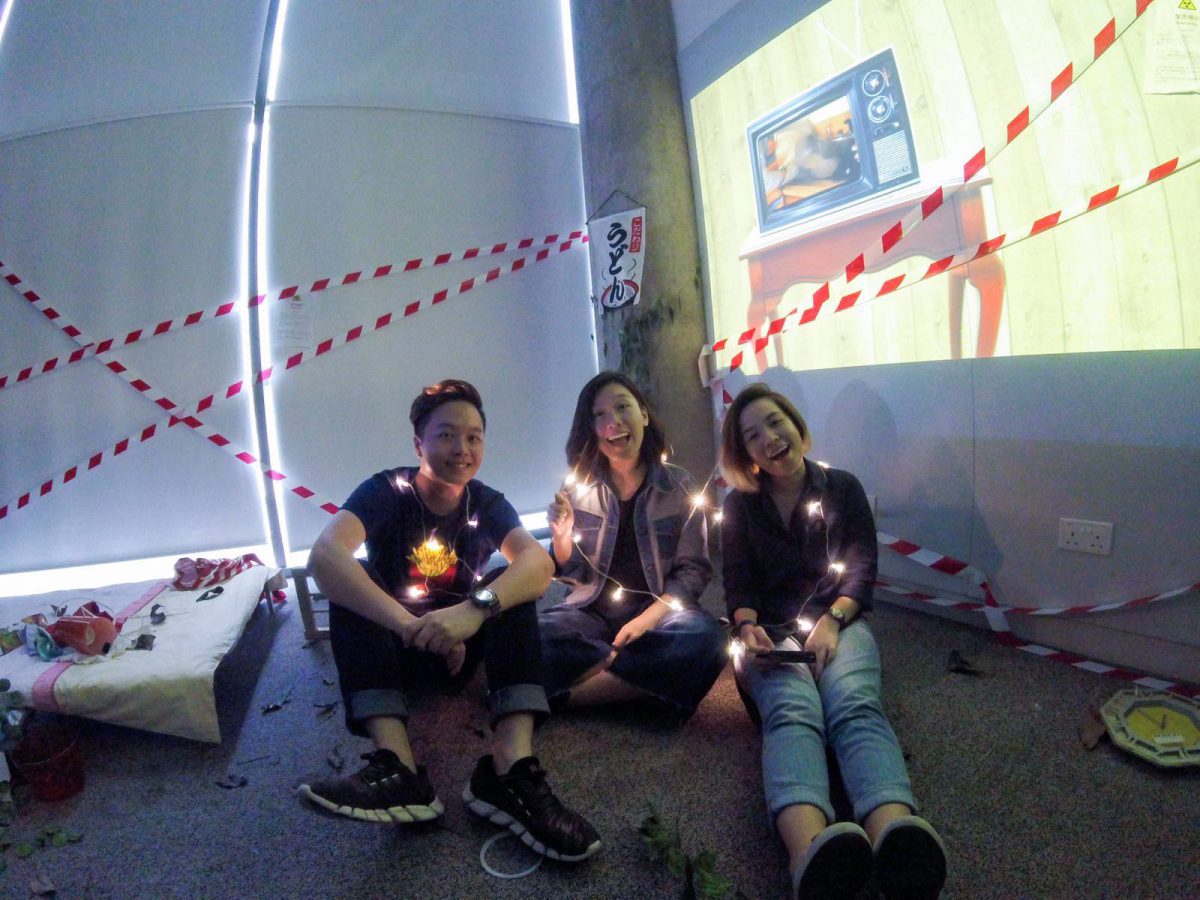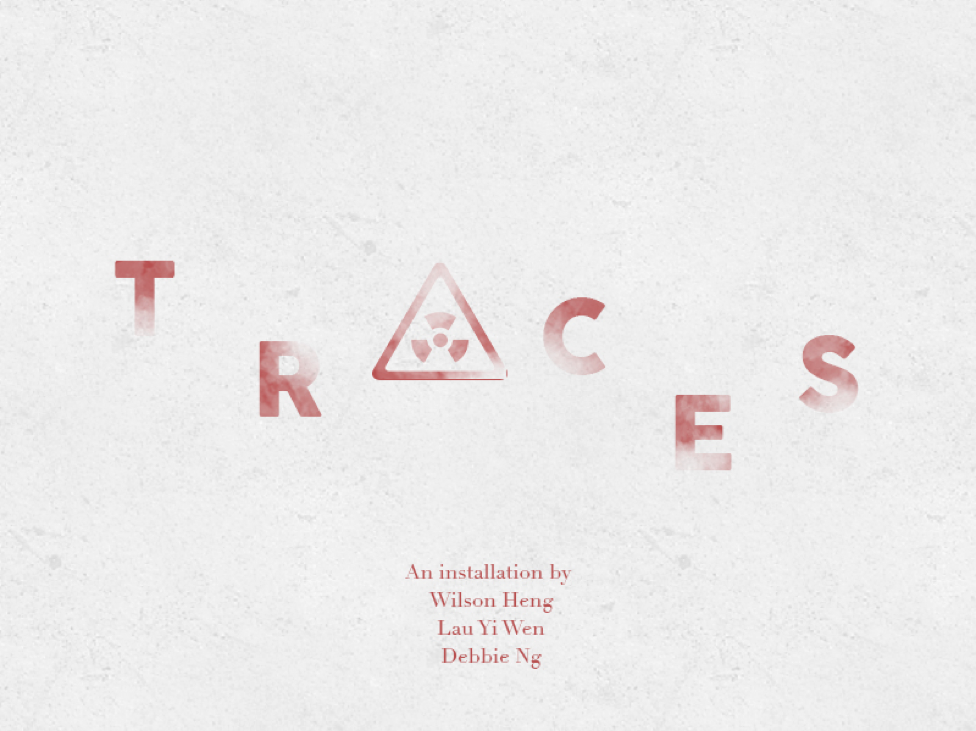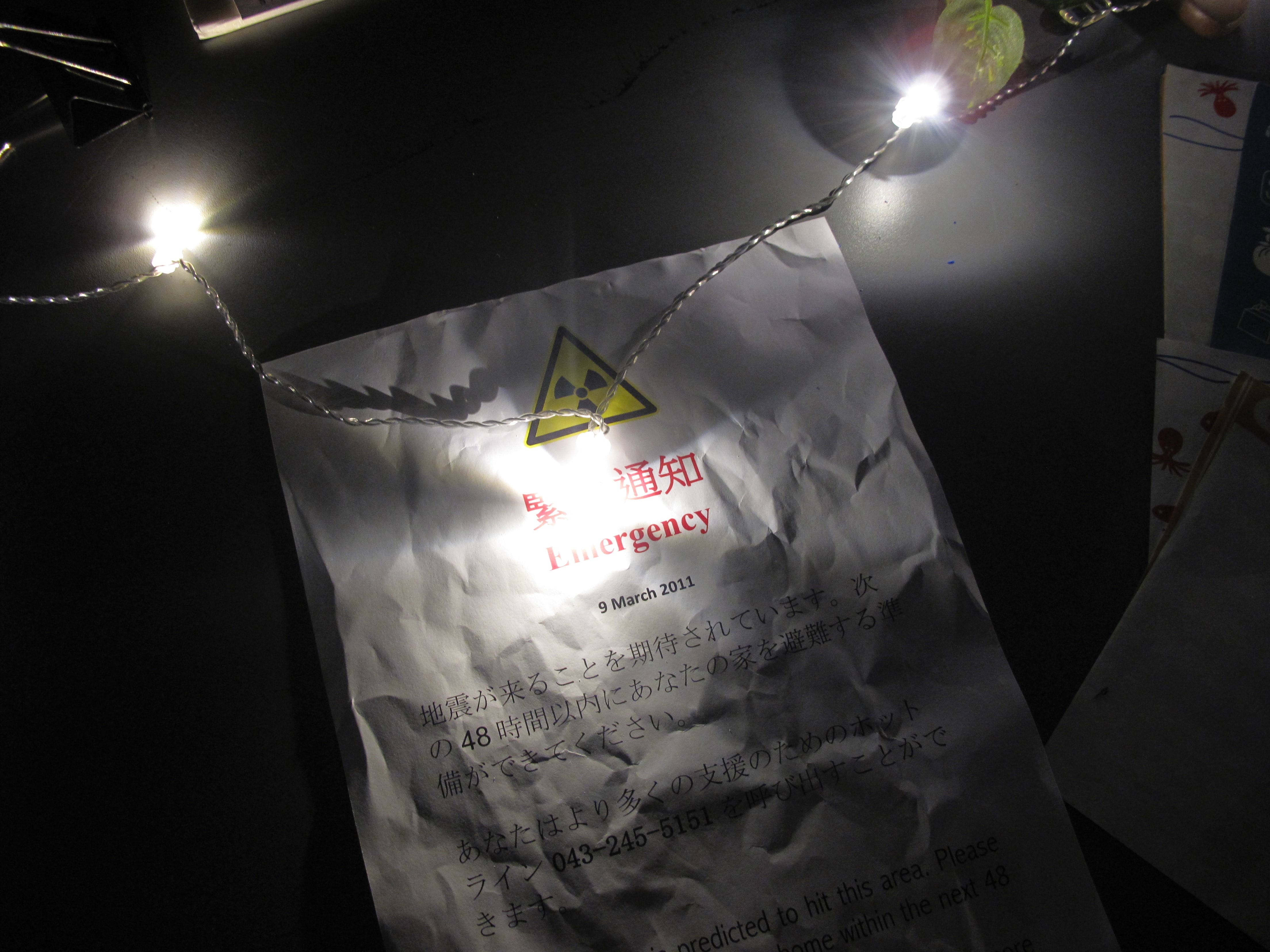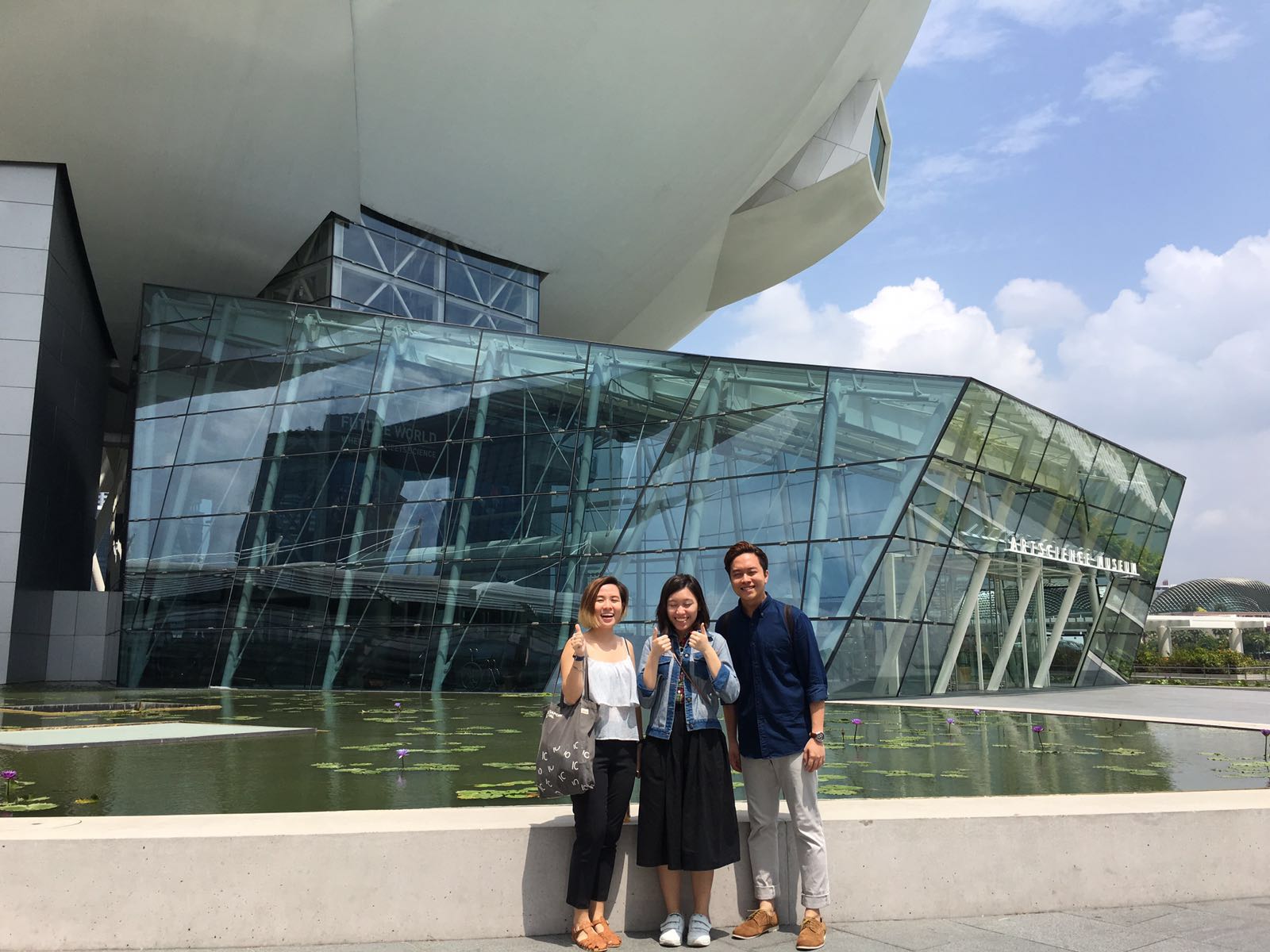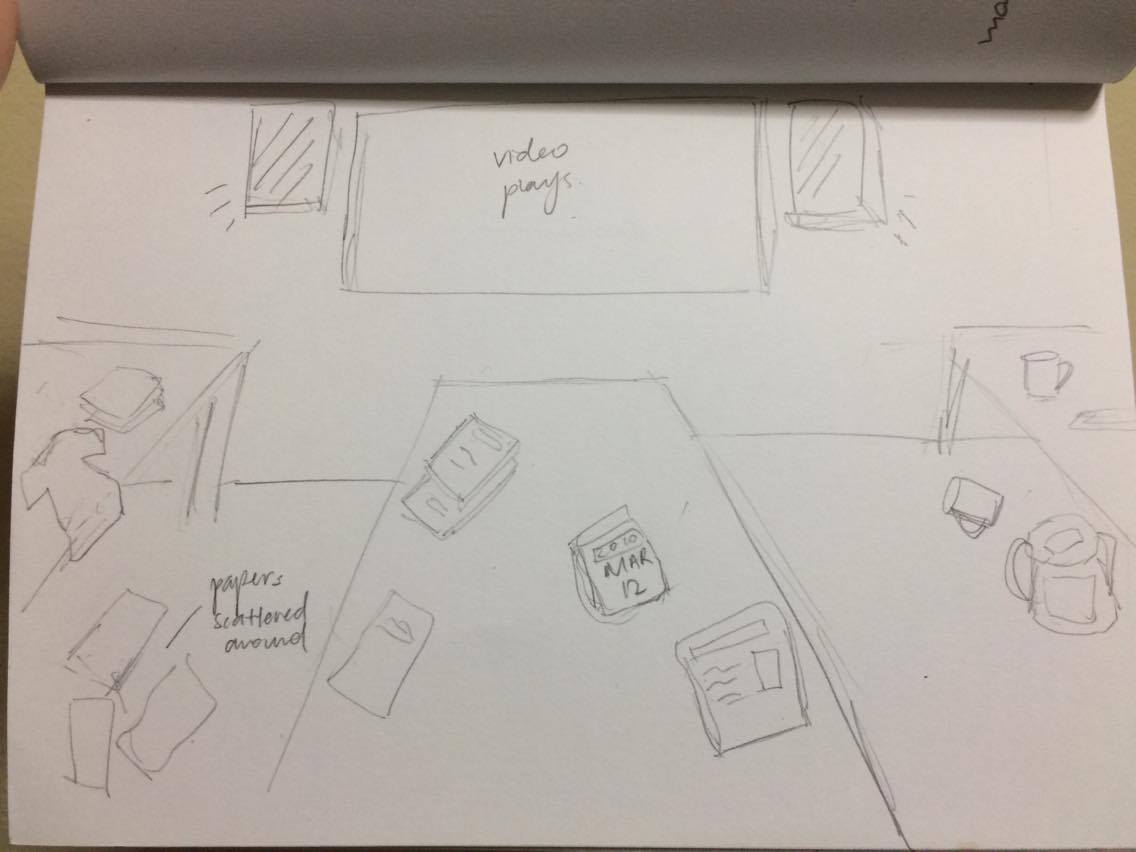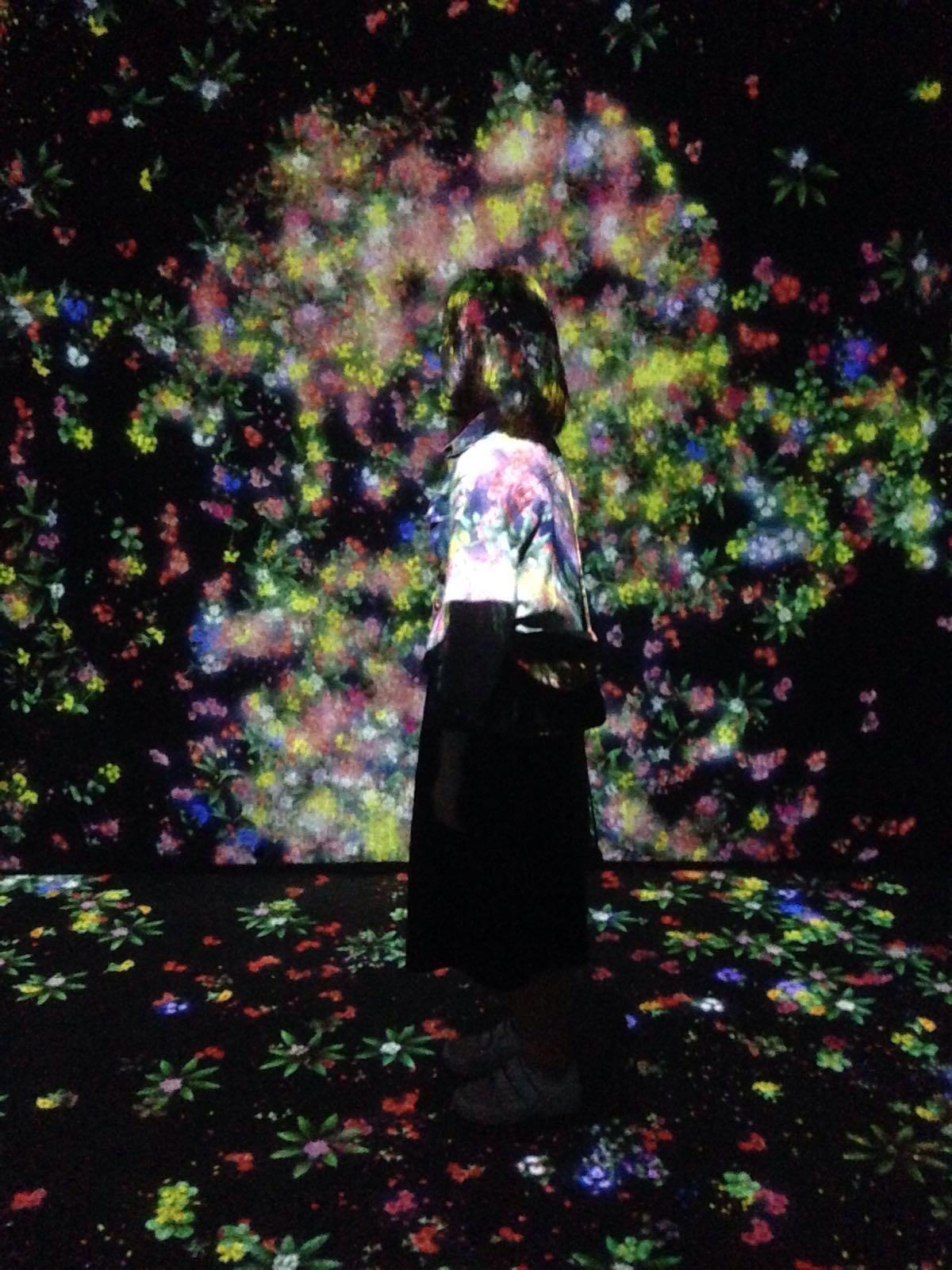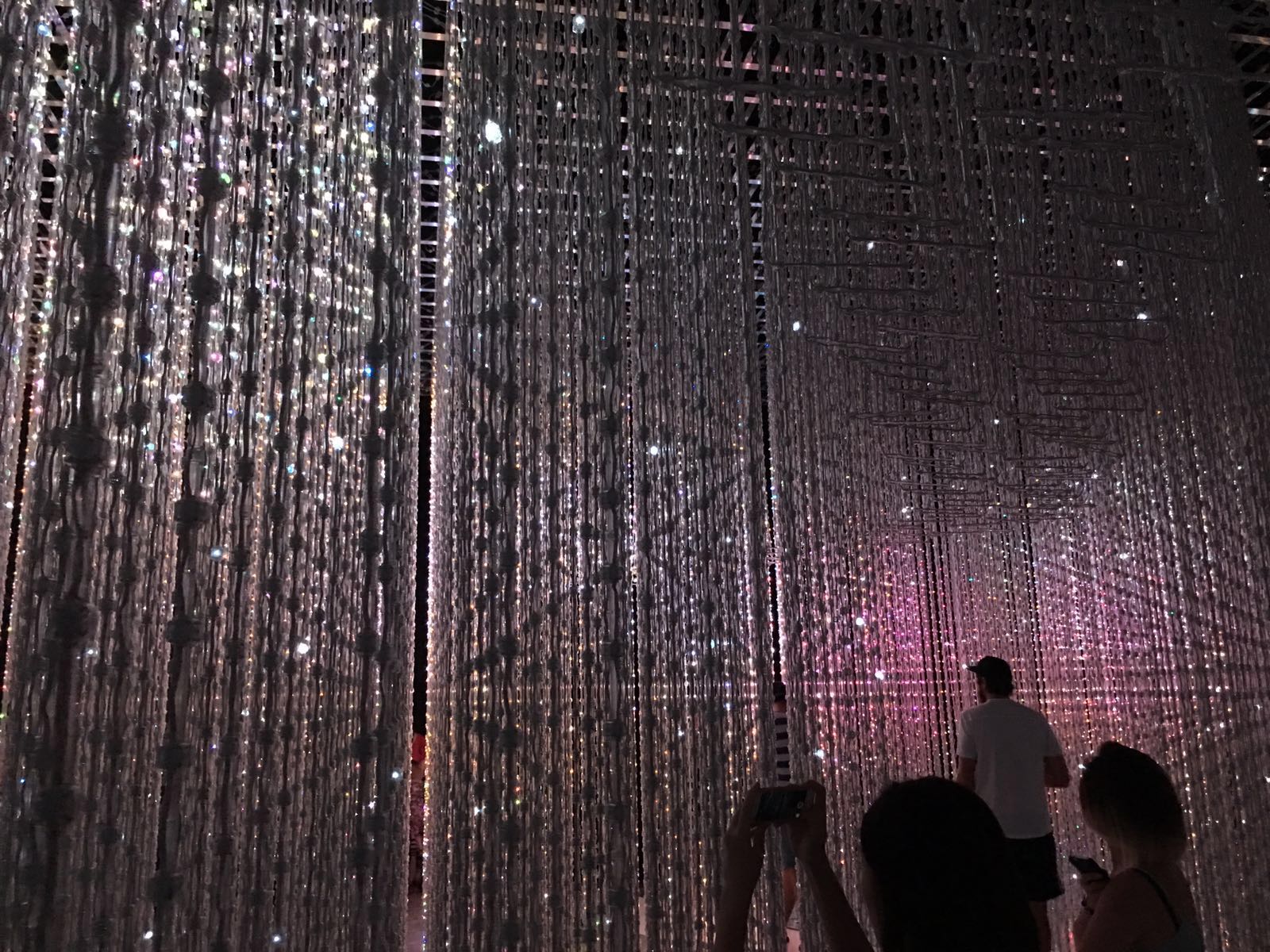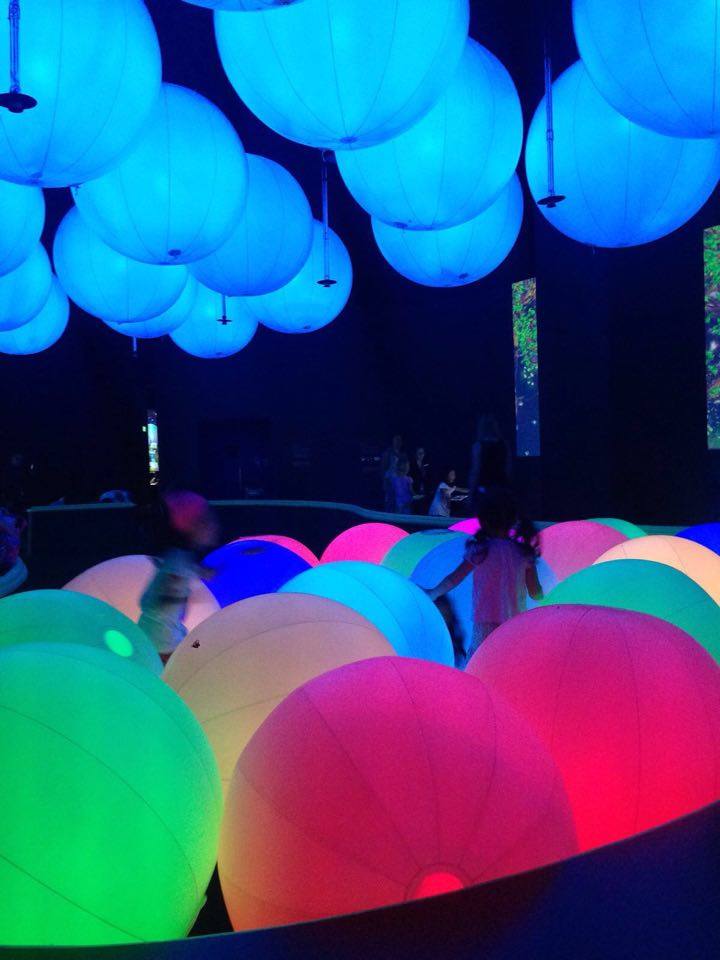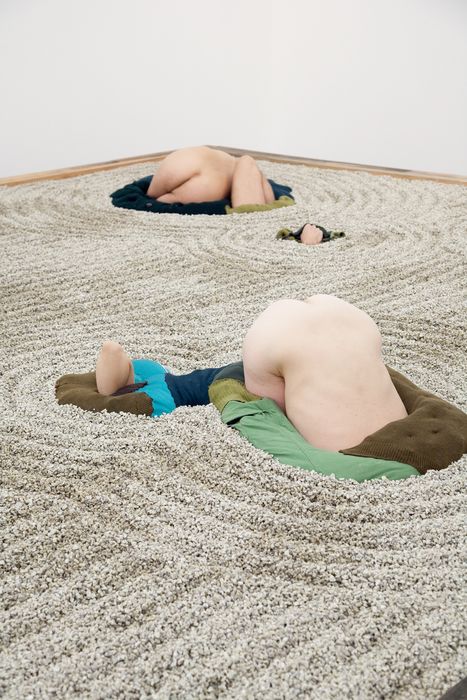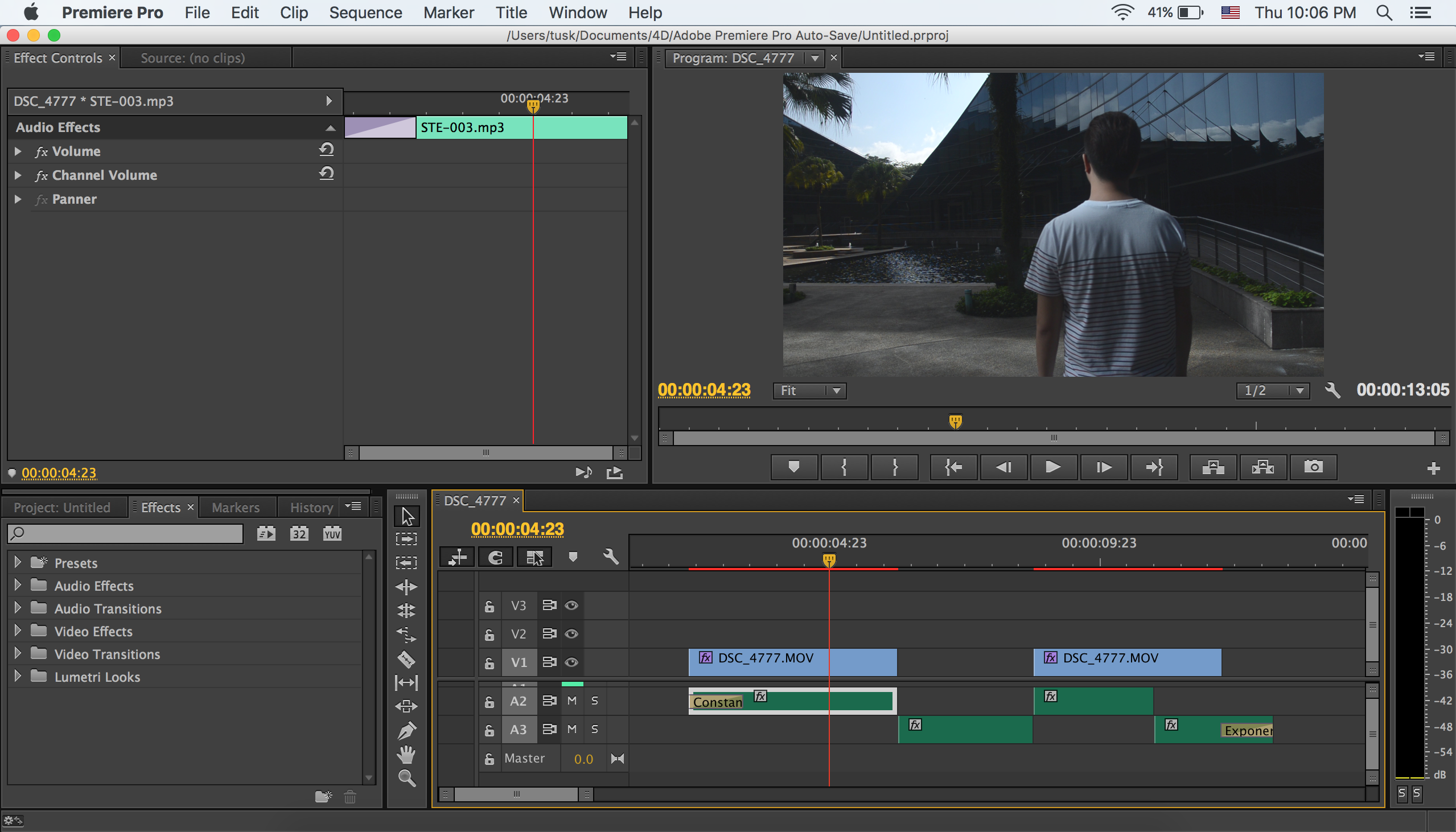Artist Statement
The artists picture the space installation as their responses to the aftermath of Fukushima nuclear disaster in 2010. Residents were forced to evacuate from their homes when nuclear radiation spread across the town, abandoning every possession they had. This room captures the moment of emergency, anxiety and fear of the evacuees. Marking its fifth year as an exclusion zone, the time capsule flourishes with nature. Inspired by an installation located right in the prohibited area, Don’t Follow the Wind (2015) will only open to public in years when radiation is completely cleaned up. This artwork aims to resurface the forgotten disaster and provoke discussion between humanity and authority rights.
Reflection
Creating an installation has expanded my horizons in discovering the possible ways to craft a narration within an art piece. Unlike short films, we had to really dive deep into the essence of our focused story. Why do we want to expand on this topic? How do we tell story in a non-linear way? How can audience relate to your story? It was a nerve wracking start, for just deciding on medium and location. Many ideas were infeasible due to resource constraints. Soon we realized that we were clouded with so many considerations, and it was not going anywhere.
Our installation, Traces, derived from our fundamental interest to revisit someone’s memory/ dream/ experiences (from our first ideation process). Fear was an emotion we would like to explore, and an idea struck when we chanced upon a documentary video called “Don’t Follow the Wind”. It is the juxtaposition between human and nature, a contrast between life (overgrown plants) and death (abandonment home).
I am too amazed by the other groups’ installations, inclusion of performance and interactive art. It was interesting to understand their thought process and execution, that would definitely help me to better plan and express my works in the future installations (hopefully?).

